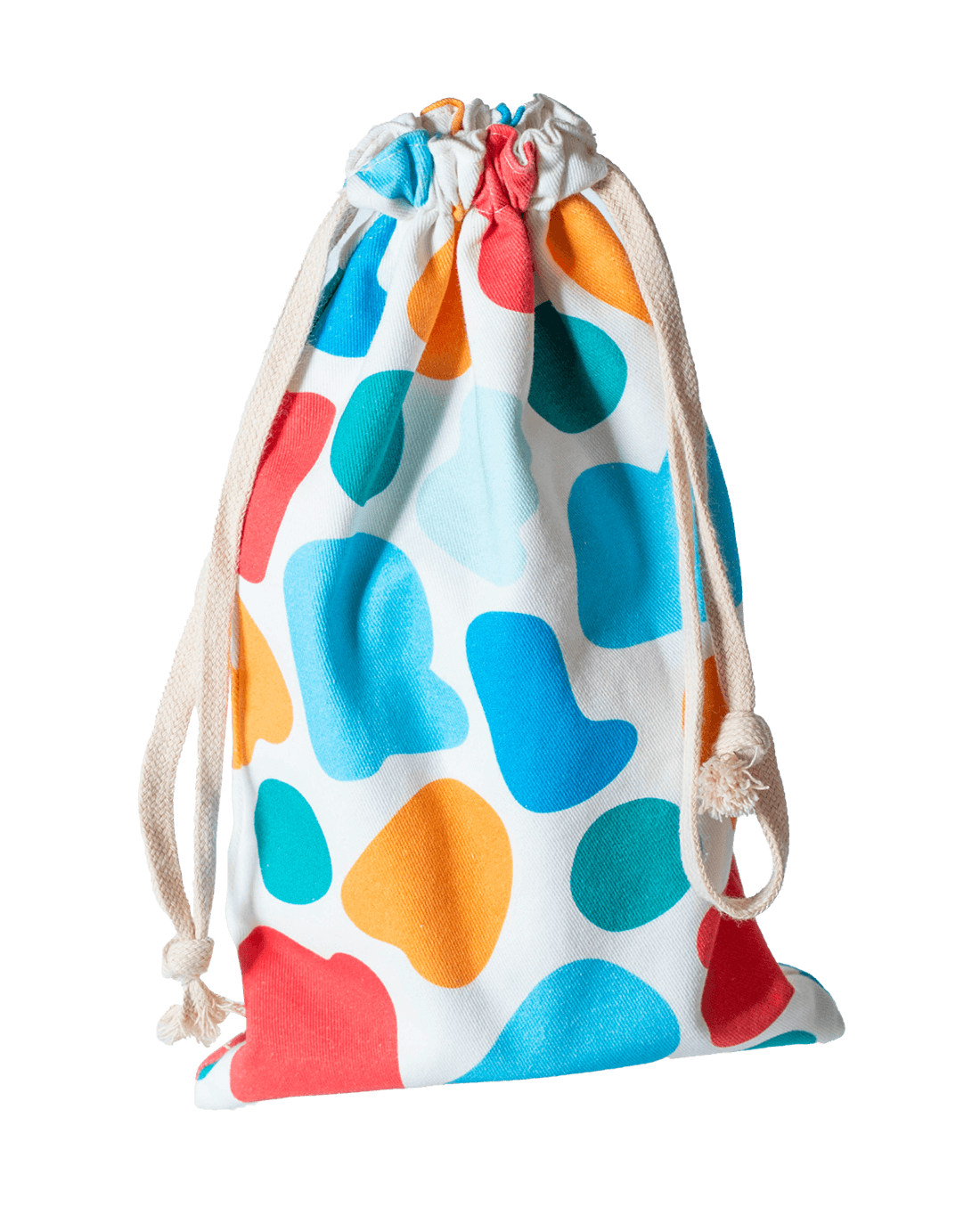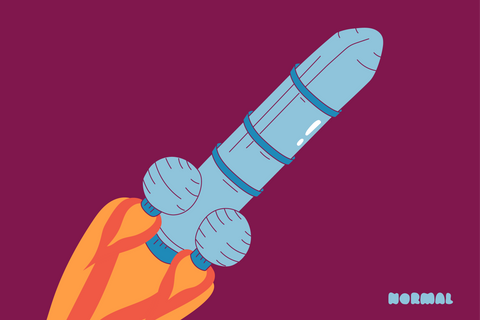
Let’s explore hypersexuality and Persistent Genital Arousal Disorder (PGAD), shedding light on these conditions, their impact on individuals, and the challenges they can pose.

Our emotional experiences are directly related to how we feel about our bodies. Our emotions act as messages—they tell us if something feels good, safe, scary, or awkward.
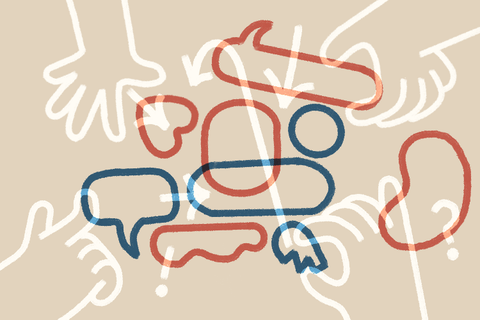
In this activity we’re going to write down some reflective questions that might be impacting our core beliefs about our body and appearance and reinforcing negative thought patterns. We’ll then spend some time re-framing and challenging them.
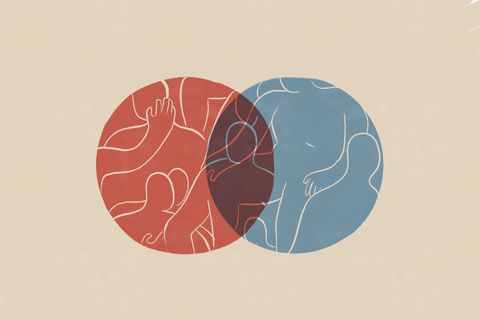
Gender dysphoria is a term used to describe the sense of disconnect that a person can feel between the body that they were born into, and the gender that they are. If someone’s body appears or behaves in a way that is not commonly in-step with their gender, they can experience gender dysphoria
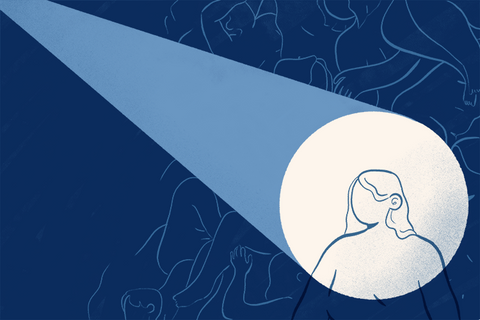
Cultural influences can play a huge role in our sense of body confidence. From an early age we’re all exposed to a range of societal norms, beauty standards, and body ideals that can differ from culture to culture.
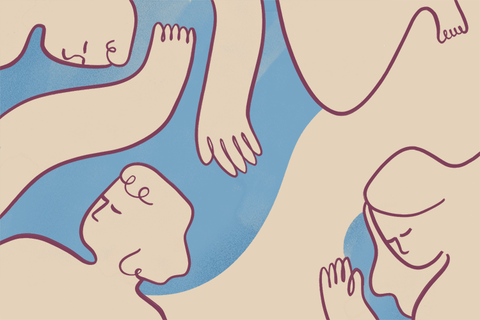
We now want to introduce you to two terms: confirmation bias, and negativity bias.Both Rashida and Georgia address these biases frequently in-session, and understanding how—and why—these biases arise can be really helpful. But first—what exactly are they?
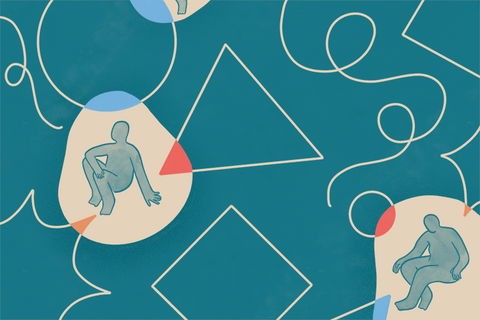
This guide will address the type of relationship we can have with our bodies, how it might impact us in and outside of sexual experiences, and how we can change that relationship to help us feel more connected to ourselves and others.
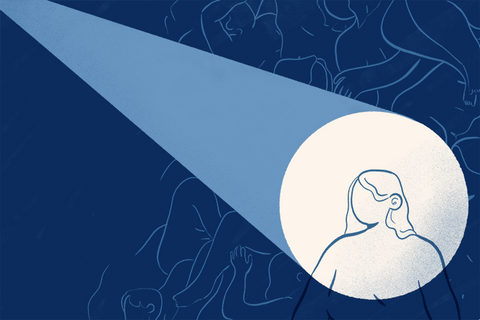
We really strongly believe that the information and exercises contained in this guide can be super useful in understanding what body confidence is, how it affects us, and how we can work to increase our confidence and acceptance of ourselves.

‘Body confidence’ is an individual thing, and it will look and feel different for everyone. We definitely can’t tell you what it should look and feel like, because body confidence is something that we encourage you to define for yourself!
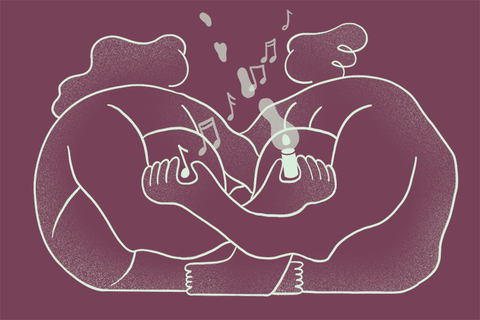
There’s a lot that a supportive partner can do to help someone who’s struggling to feel confident and comfortable with their body, including their genitals.
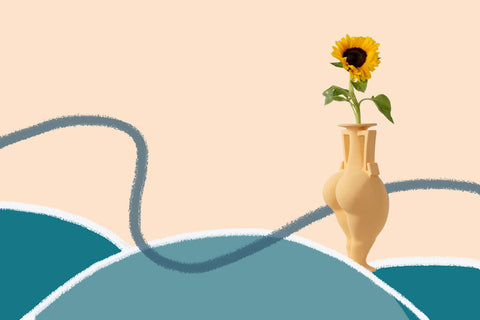
If you experience feelings of low confidence in your body, the mirror might be the last thing you want to spend some time in front of—but we encourage you to use it as a tool of discovery and exploration.

